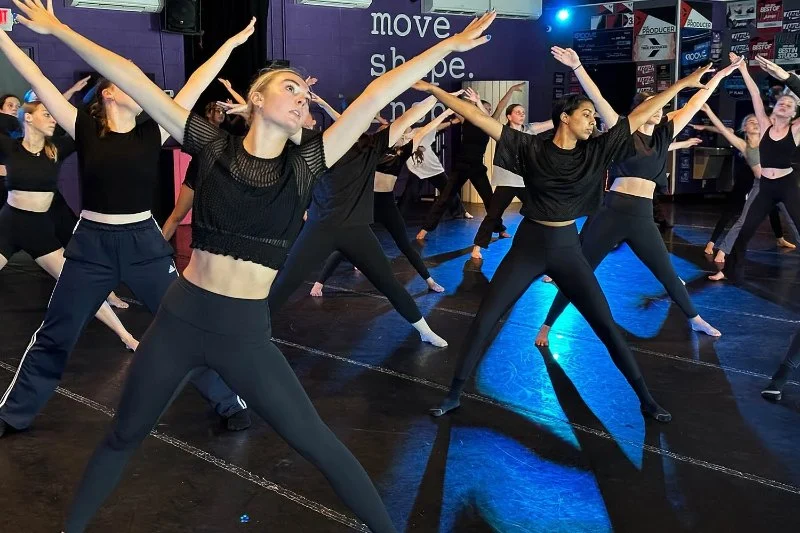
- 1. Understanding Sweat and Hygiene in Group Dance Settings
- 2. Common Challenges Dancers Face with Sweat and Hygiene
- 3. Practical Hygiene Tips for Dancers
- 4. Studio Etiquette and Respect in Shared Dance Spaces
- 5. Professional Recommendations and Healthy Habits
1. Understanding Sweat and Hygiene in Group Dance Settings
Dance is as much a physical workout as it is an art form. In group dance classes—whether it’s hip-hop, contemporary, salsa, or Zumba—participants often sweat heavily due to the intensity of movement and close physical proximity. While sweating is natural and even beneficial for body regulation, managing hygiene is crucial for maintaining comfort, confidence, and respect within the dance community.
Sweat itself isn’t the problem—it’s the bacteria that thrive in warm, moist conditions that can lead to odor and skin irritation. For dancers sharing studio spaces, proper hygiene not only enhances personal well-being but also contributes to a more enjoyable, inclusive group experience. At Creative Edge Dance Studio, maintaining clean, comfortable environments is a key part of supporting both personal health and group performance quality.

The Dance Connection / the dance connection
WaterfordCamden CountyNew Jersey
386 White Horse Pike, Atco, NJ 08004, USA
2. Common Challenges Dancers Face with Sweat and Hygiene
Group dance environments introduce several hygiene-related challenges that go beyond individual sweat management. Studios often feature mirrored walls, shared floors, and close contact between participants—all of which can amplify hygiene concerns if not properly addressed.

Inwood Performing Arts Co / inwood performing arts
InwoodBerkeley CountyWest Virginia
2297 Henshaw Rd, Inwood, WV 25428, USA
Shared Surfaces and Equipment
Dance floors, yoga mats, and props can accumulate sweat residue and bacteria after repeated use. Without regular cleaning, these surfaces can become breeding grounds for skin irritations or even infections like athlete’s foot. A studio that prioritizes cleanliness sets a higher standard for dancer safety and comfort.
Personal Space and Proximity
In styles that require partner work—such as ballroom or salsa—dancers often find themselves in close proximity to one another. Maintaining personal freshness becomes essential to ensure comfort for both you and your dance partners. Understanding how to manage perspiration and scent respectfully is an often-overlooked but important part of dance etiquette.
Wardrobe Choices
Heavy fabrics or clothing that traps heat can worsen sweating, while synthetic materials can intensify body odor. Choosing the right attire for ventilation and moisture control makes a significant difference, especially in long practice sessions or high-energy choreography rehearsals.
3. Practical Hygiene Tips for Dancers
Good hygiene in dance is a combination of personal care habits and awareness of shared spaces. Below are key strategies dancers can use to stay fresh, confident, and considerate in class:
1. Shower Before and After Class
A quick rinse before class removes oils and bacteria that could mix with sweat, while showering after practice helps prevent breakouts and irritation. Use gentle, pH-balanced body washes to avoid drying out the skin.
2. Wear Breathable, Moisture-Wicking Clothes
Opt for clothing made from fabrics designed for athletic performance, such as bamboo or polyester blends. These materials wick moisture away from your skin and dry faster, reducing the likelihood of odor buildup.
3. Use Sweat Towels and Deodorants
Always carry a small towel to dab away sweat during breaks. Applying a clinical-strength deodorant before class can also help manage perspiration effectively. Some dancers even use body wipes designed for athletes when showers aren’t available.
4. Maintain Clean Footwear
Dirty dance shoes can harbor odor-causing bacteria. Air them out after each class, and use shoe sanitizers or sprays to keep them fresh. For barefoot dance styles, wash your feet regularly and consider using antibacterial foot powder.
5. Hydrate and Eat Mindfully
What you consume affects how your body smells when you sweat. Staying hydrated and eating balanced meals rich in fruits and vegetables can naturally minimize body odor. Avoid excessive consumption of strong-smelling foods like garlic or onions before class.
4. Studio Etiquette and Respect in Shared Dance Spaces
Cleanliness in group dance classes isn’t just personal—it’s social. Dance etiquette involves being considerate of others by keeping yourself and your environment clean. Respecting shared spaces ensures that everyone feels comfortable participating without distraction or discomfort.
Be Mindful of Body Odor
If you’re aware of excessive perspiration or odor, take breaks to freshen up discreetly. Carry deodorant or wipes in your dance bag and use them as needed. Simple steps like this prevent discomfort for you and your peers.
Wipe Down Shared Equipment
Whether it’s a stretching mat, resistance band, or barre, always clean equipment after use. Studios that supply cleaning sprays or wipes encourage students to uphold shared hygiene standards.
Respect Personal Boundaries
Even in group classes where space is limited, maintaining awareness of your movement radius helps prevent unwanted contact. Good hygiene includes respecting both physical and emotional boundaries of your fellow dancers.
5. Professional Recommendations and Healthy Habits
Instructors at Creative Edge Dance Studio emphasize that hygiene and dance performance are closely linked. A dancer who feels fresh and confident is more likely to move freely and focus fully on choreography rather than discomfort. Professional dancers often treat personal hygiene as part of their training routine—it’s as important as stretching or warming up.
Incorporate Hygiene into Routine
Schedule time before and after class for cleaning, stretching, and cooling down. This not only supports muscle recovery but also reinforces hygiene consistency. Keep a “dance hygiene kit” in your bag with deodorant, wipes, extra shirts, and hand sanitizer.
Case Study: Group Harmony in Practice
One popular urban dance team in Los Angeles shared that they implemented a “sweat break” midway through rehearsals to towel off, hydrate, and reset. The result? Fewer distractions, better focus, and improved group dynamics. Small adjustments like this can transform the overall studio environment.
Ultimately, managing sweat and hygiene in group dance classes is about respect—for yourself, your peers, and the art of dance itself. A clean, comfortable dancer not only performs better but also contributes to a healthier and more harmonious community. For additional resources on dance gear, hygiene essentials, and training accessories, explore the collections at Creative Edge Dance Studio—your partner in elevating both movement and mindfulness.


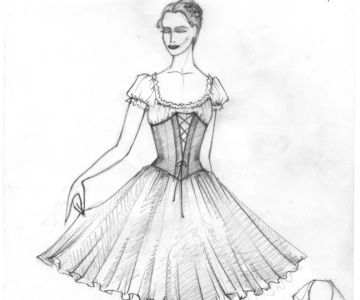
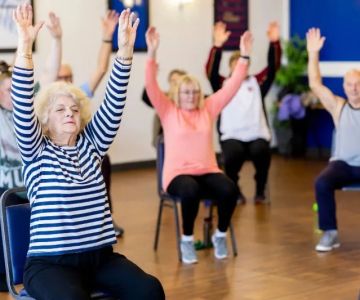
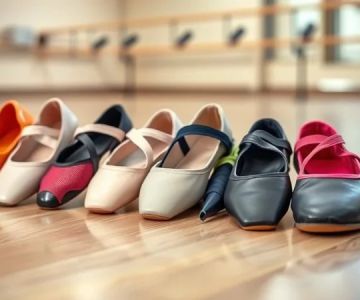
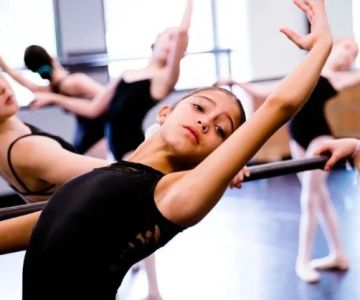
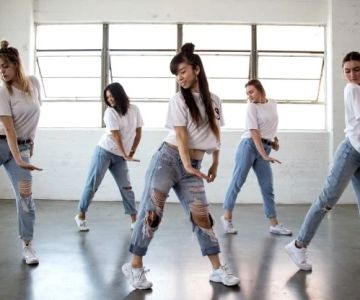
 The Rhythm Room Ballroom Dance Studio5.0 (34 reviews)
The Rhythm Room Ballroom Dance Studio5.0 (34 reviews) Caroline Calouche & Co5.0 (24 reviews)
Caroline Calouche & Co5.0 (24 reviews)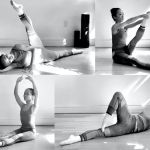 Ballet Peeps NYC5.0 (15 reviews)
Ballet Peeps NYC5.0 (15 reviews) I A.M. DANCE, CO. LLC4.0 (11 reviews)
I A.M. DANCE, CO. LLC4.0 (11 reviews) Trademark Dance Academy5.0 (12 reviews)
Trademark Dance Academy5.0 (12 reviews) Ash Dance Co.4.0 (11 reviews)
Ash Dance Co.4.0 (11 reviews) How to Build Your Dance-Related Side Business: My Journey and Tips
How to Build Your Dance-Related Side Business: My Journey and Tips My Story of Dancing Without Gravity: A Futuristic Dance Experience
My Story of Dancing Without Gravity: A Futuristic Dance Experience How to Find Student Discounts for Dance Classes and Wear | Save on Dance Training
How to Find Student Discounts for Dance Classes and Wear | Save on Dance Training The Etiquette of Social Dancing After Taking Classes
The Etiquette of Social Dancing After Taking Classes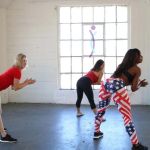 What is Twerking? Cultural Roots and How to Learn Safely
What is Twerking? Cultural Roots and How to Learn Safely What is Krump? An Emotional and Energetic Dance Form
What is Krump? An Emotional and Energetic Dance Form